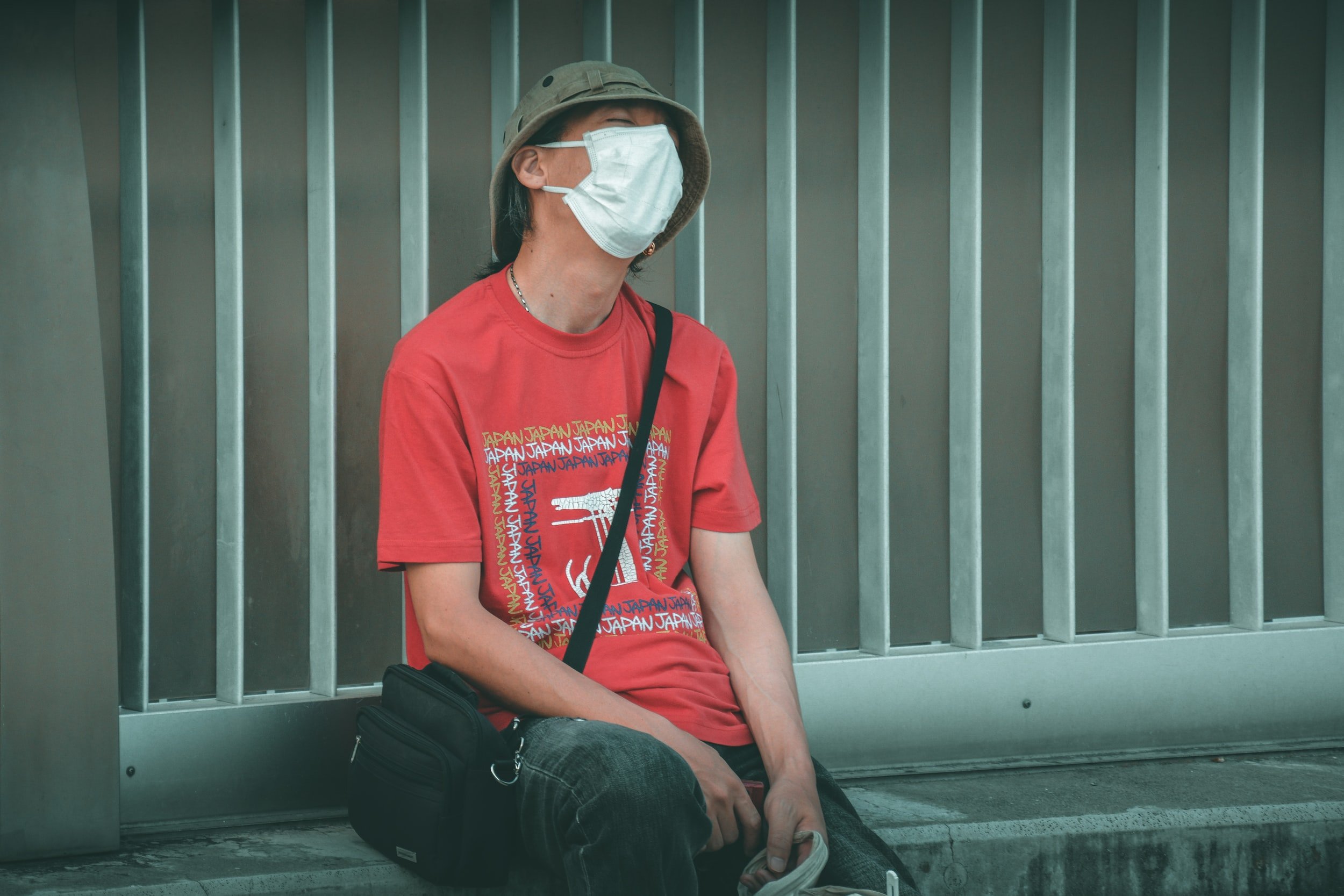Psychological Safety for Researchers
Dr. Cindy Veldhuis
by Cindy B. Veldhuis
Dr. Cindy Veldhuis an assistant professor at the Department of Medical Social Sciences and the Institute for Sexual and Gender Minority Health and Wellbeing (ISGMH) at Northwestern University.
In September 2022, my paper on the double marginalization LGBTQ+ researchers face in doing LGBTQ+ research was published. After it came out, researchers emailed and messaged me to talk about their reactions and experiences. When I wrote the paper, I hoped it would, in some ways, resonate with people—but I was unsure if it would. Frankly, the issues I raised in the paper were not things I had discussed very much with my community of researchers. We just didn’t talk about the unique academia-related stressors of being an LGBTQ+ researcher, much less how our research focus might compound those stressors.
Research design is the focus for the first quarter of 2023 on Methodspace. The choice of research problem and population should not put researchers at risk. However, with important social, cultural, racial, and identity issues coming under scrutiny and attack, the safety of researchers who study them is increasingly of concern.
See the related post, “Banned Thinking, Banned Books: Implications for Researchers and Academic Writers.” If you have experiences or research to share, use the form in the About tab to contact us.
In the emails and DMs I received, I learned that I was not the only one who felt these things and was also not the only one who hadn’t really discussed them with colleagues. There seems to be almost a hunger to talk about our experiences with others who truly understand. In academia it can, unfortunately, be challenging to share who we really are in terms of our worries, fears, and challenges. We likely fear that sharing those things will make people see us and our work differently. If we express negative feelings and experiences, we fear that others will see these as weaknesses and perceive us as less smart, skilled, and productive. Ultimately, we worry that this would lead others to see our work as less valuable — and that this could come back to harm our careers in some way.
I also learned from colleagues who reached out to me that I was not alone in my experiences of not feeling entirely safe doing this research. In the article, I wrote:
“Choosing a recruitment strategy based on researcher safety or well-being is not a decision researchers should have to make, but it is one that researchers with marginalized or minoritized identities (e.g., BIPOC: Black, Indigenous, and People of Color; women; LGBTQ+) who do research within the selfsame communities likely face not infrequently.”
And my experiences were only the tip of the iceberg for my field. Colleagues who do research and/or clinical work among transgender people are under attack—and at times, their very lives are being threatened. Colleagues at different institutions told me about death threats at work—and threats they received even at home. One colleague urged me to ensure my home address was not findable on the internet, just in case.
It is one thing to be harassed on social media by misogynists, homophobes, and transphobes. It is a whole other thing to be credibly threatened. My colleagues who work in abortion/family planning clinical care and research have faced this for forever. Colleagues researching racism and violence against women have also experienced harassment and threats for far too long. And it is only getting worse.
In proposing this blog post, I was asked whether or not safety is something that new researchers are prepared to face.
So I guess my response is: is anyone prepared to find their inbox full of pictures of men’s genitalia in response to a recruitment ad? Is anyone prepared for death threats? I don’t know how anyone could be.
See “Doubly Marginalized: Addressing the Minority Stressors Experienced by LGBTQ+ Researchers Who Do LGBTQ+ Research.” (Open access version available here.)
I’ll digress a tad with a story. In college, I worked at a sexual assault program in Eugene, Oregon. I started working on the hotline but had to leave because of the harassment. I would get calls from men who would tell me horrible stories of abuse, and I would respond empathically—feeling concerned and wanting to support them. Then, moments later, I would hear heavy breathing and realize what was happening. What ended my ability to do the hotline though was a call from a man with a slightly different intent. I was at home one day and was taking the hotline calls there. I got a call from a man who told me he was a pedophile, that he had a little girl locked in his bathroom, and that unless I did and said sexual things to him, he would abuse her. I tried to keep him on the phone while my roommate worked to get the call traced. I learned later that the man who called me was calling from prison. I had to make a report to the FBI, and they said there was nothing they could do because he had the right to make phone calls from prison. But he was apparently calling sexual assault centers all over the west coast with the same demands, traumatizing so many hotline workers.
Nothing could have prepared me for any of these kinds of calls. However, had this been something the sexual assault program talked about openly and honestly and had warned us could happen, that could have helped. Instead, when difficult experiences like this with the hotline emerged, the supervisors would often just shrug and suggest this was just something we had to deal with in our profession.
Getting back to the topic of this post, when I first submitted the article that inspired this blog post to a different journal—I got similar reactions from the reviewers. They suggested that my experience of harassment related to our recruitment materials was just something that happened, that it wasn’t a big deal, and that my experiences were so unusual as to be abnormal—and not at all relatable.
I think if you have challenging experiences, one of the worst things that can happen in reaction to sharing them is to be told, “those aren’t that bad,” “just pull up your big girl panties and deal with it,” or “no one else has had those experiences (so there must be something wrong with you).”
It’s this silence—or silencing—that is the issue. I mean, yes, harassment and threats are the real issues. But in a context where those happen, if the reactions to experiences are blaming, negating, and minimizing—then that makes the impacts of the harassment and threats even keener. It leads to isolation, self-blame, and shame—and for those of us whose identities and/or research topics are more marginalized—it may mean even further marginalization. Perhaps particularly if the blaming, negating, and minimizing reactions are by people from your very own communities.
In the LGBTQIA+ community, a large proportion has experienced traumas in their lives. Thus, those we mentor likely are dealing with the impacts of historical trauma. For people who have faced traumas in the past, the effects of harassment, threats, or other safety concerns in the course of doing research could have even more deleterious impacts. As I write this, we are just a few days out from a mass shooting in Colorado Springs, CO, in which a gunman attacked an LGBTQIA+ club and killed five people, and injured far more than that. A threat like that to our community likely makes us all more vigilant to signs our safety is at risk, perhaps even within the research context.
Well, ok. This is becoming a huge bummer of a blog post.
I was asked to talk about how senior people can be helpful for junior folks in preparing for this. First, ending the silence can help. When emotionally difficult experiences occur during the conduct of research—really listening and validating experiences and reactions can help. Being honest about our own experiences and how they affected us can be validating and can help others feel less alone and as though their reactions are within the realm of pretty typical reactions. More senior people can also ensure that they are creating an environment where threats and harassment result in encircling, protecting, and supporting the people who are affected. This requires an environment of support and caring about the welfare of others. Environments that are competitive, hostile, bullying, and retaliatory — where people are afraid to share their true selves — are not environments where people develop healthy ways of buffering against external stressors.
Senior mentors, too, need to see their mentees as people who have contexts (see McChesney, 2022, for a discussion of this). We all bring with us to our research our own pasts, experiences, and emotions. These can have very positive impacts on our work—and they can bring challenges. Mentorship that is trauma-informed (McChesney, 2022) can lead to higher levels of inclusiveness and mentorship that is more responsive to the lived experiences of mentees. It can also help mentees feel buffered against challenges while doing research. And if we want to support the next generation of researchers, taking a whole-person approach to our mentorship is critical.
Resources:
If you want to learn how to mentor students who are marginalized, stigmatized, or minoritized, I highly recommend this video by Dr. Celeste Malone at Howard University: https://www.youtube.com/watch?v=9y0IqLlWBfw
And if you want a paradigm shift:
Bowleg, L. (2021). “The Master’s Tools Will Never Dismantle the Master’s House”: Ten Critical Lessons for Black and Other Health Equity Researchers of Color. Health Education & Behavior, 48(3), 237–249. https://doi.org/10.1177/10901981211007402
More information on trauma-informed supervision of students:
McChesney, K. (2022). A rationale for trauma-informed postgraduate supervision. Teaching in Higher Education, 1–23. https://doi.org/10.1080/13562517.2022.2145469





























For Pride Month 2023, learn respectful ways to study LGBTQ+ people and related issues.